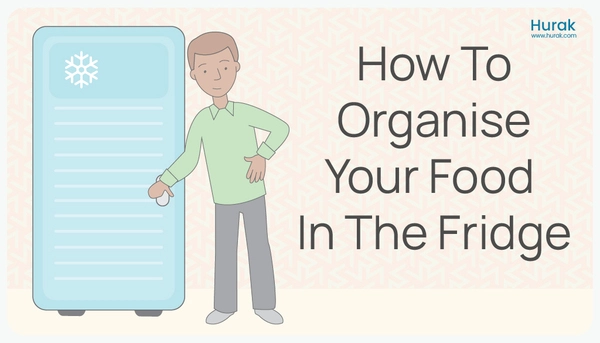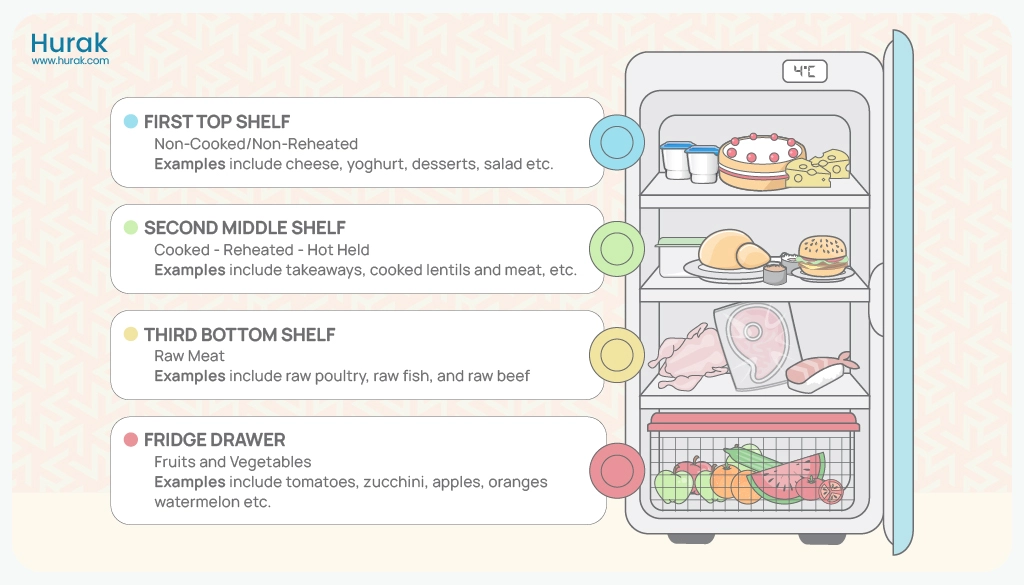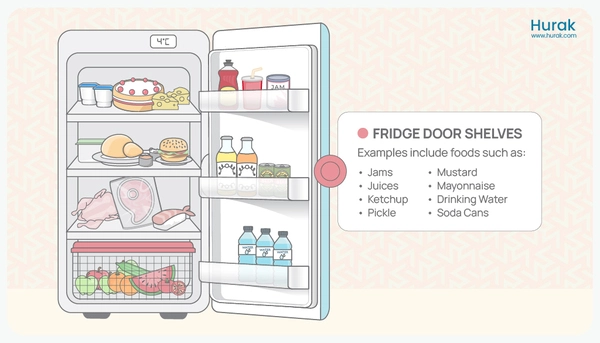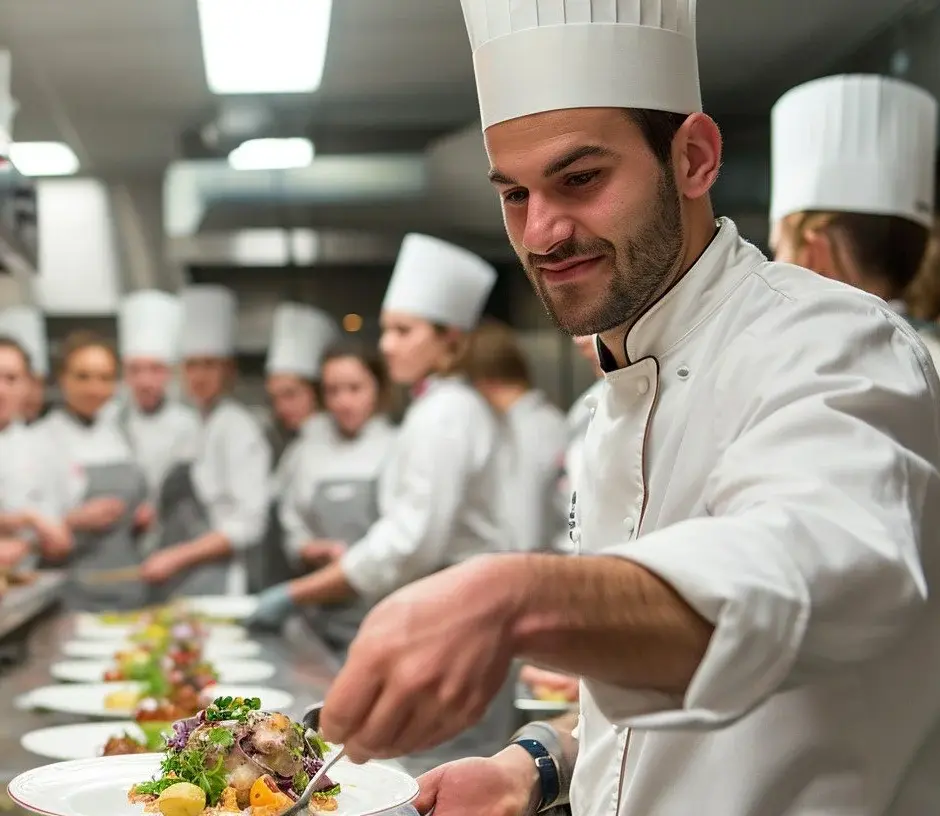Food that does not require reheating or cooking and can be readily eaten is placed on the top shelf of a refrigerator. Cooked food that requires reheating should be arranged on the middle shelf. The bottom shelves are suitable for raw meat that is yet to be cooked and served. It is important to follow FIFO and HACCP guidelines when refrigerating food.

Food Storage on the First Top Shelf: Non-Cooked/Non-Reheated
Packaged or ready-to-eat foods are not subjected to high temperatures and remain fresh in cold storage. They do not require reheating before serving nor do they need to be cooked at high heat. They are appropriate choices for the top shelf of a refrigerator.
Since such foods do not get exposed to heat to kill bacteria, they must be stored in the fridge where cross-contamination from other raw meat or cooked food is minimal. It is important to arrange ‘low temperature’ food in sealed containers on the highest shelf to avoid contact with drippings or leakage from other food sources.
Examples of food stored on the first shelf of a fridge include:
- Cheese
- Yoghurt
- Desserts
- Salad
Food Storage on the Second Middle Shelf: Cooked/Reheated/Hot-Held
The second shelf is suitable for storing leftover cooked food that requires reheating for future servings. They are also known as hot-held foods that have been prepared and will undergo reheating for a hot serving.
Examples of food stored on the second shelf of a fridge include:
- Dine-in takeaways
- Cooked lentils
- Cooked meat
- Cooked rice
- Hot-held milk
Food Storage on the Third Bottom Shelf: Raw Meat

The bottom shelf of the refrigerator should be reserved for foods that are cooked at high temperatures. Unlike food stored on the upper shelves, the bottom shelf food has to undergo cooking and is subjected to high intensities of heat.
The bottom shelves are the coldest part of the refrigerator due to the phenomenon of convection. Cold air collects at the bottom of the fridge as it sinks every time the fridge is opened. Since raw meat is high in bacterial activity, cooler temperatures at the bottom shelves are ideal to keep microbes in a dormant state.
Store these food items in sealed containers to prevent their contact with other food items in the fridge. If placed on a higher shelf, they can discharge liquid onto other food ingredients placed below them. Therefore, their ideal position in a refrigerator is at the bottom shelf to minimise the risk of cross-contamination.
Examples of food stored on the third shelf of a fridge include:
- Raw poultry
- Raw fish
- Raw beef
Food Storage in the Drawer: Fruits and Vegetables
The drawer is also considered to be the fourth shelf of the refrigerator. It is an enclosed box like a separate compartment below the shelves. It is appropriate for storing fresh fruits and vegetables wrapped in perforated paper or plastic to keep away from contamination and drying out.
Commercial kitchens with bigger refrigerators use drawers to store raw meat. However, this placement is not suitable for domestic fridges.
Examples of food stored in the drawer of a fridge include:
- Carrots
- Lettuce
- Apples
- Oranges
Food Storage on Door Shelves

Food products that do not require proper refrigeration or contain antimicrobial ingredients called preservatives should be placed in the fridge door. It is the warmest part of a refrigerator as it gets exposed to room temperature more frequently when the fridge is opened.
Liquid or solid foods which do not carry a high risk of becoming spoiled due to changes in temperature are the right choice for door shelves.
Examples of food stored on door shelves of a fridge include:
- Jams
- Juices
- Ketchup
- Pickle
- Mustard
- Mayonnaise
- Drinking water
Food Safety Importance of Fridge Storage
A refrigerator is the backbone of a kitchen, whether in a restaurant or food factory. It serves the purpose of storage, protection and preservation of food. Cold storage is one of the most important practices of food safety regulations, complying with FIFO and HACCP guidelines.
Keeping food stored at an appropriate temperature prevents exposure to the Temperature ‘Danger Zone’ and slows down bacterial growth. A refrigerator is a safe haven for most food types, provided that it maintains the correct temperature required for proper food storage. While dealing with food refrigeration, it is recommended that:
- Stored food must be kept refrigerated at or below 40 °F
- Most cooked food can be safely refrigerated for up to 3 to 4 days.
- Leftover food must be stored in the refrigerator within 2 hours.
- Hot foods are preferred to be chilled in an ice bath to bring them to room temperature before placing them in the refrigerator.
- Wrap food in paper, plastic or sealed containers to prevent moisture loss and contamination.
- Large amounts of food, such as soups or meat pieces, are preferred to be divided into smaller portions before refrigeration.
- Place a thermometer in the warmest part of the fridge to check for temperature deviations.
Get Online Food Safety Courses
Food Hygiene And Safety
Check the CourseRated Excellent
on major review sites

FAQs
What is the correct temperature for food refrigeration?
The ideal temperature for storing food in a refrigerator is between 0 and 4 degrees Celsius.
Where should raw meat be stored in a fridge?
Raw meat should be stored on the bottom shelf of a refrigerator and kept separated from other food ingredients to prevent contamination from seepage.
What is the safe storage temperature for food leftovers?
Leftover cooked food can be stored safely for up to 3 to 4 days, with some exceptions. Any unconsumed portions of food must be stored within 2 hours. Stored food must be kept refrigerated at below 5°C.
What is the best way to store eggs?
Eggs can be stored on the middle shelf of a refrigerator slightly towards the back to prevent exposure to changes in temperature.
What is the best way to refrigerate dairy food?
Readily available dairy food should be stored on the top shelf of the refrigerator to prevent contamination from other raw food items.
Conclusion
Refrigerating food in the correct order promotes food safety and hygiene. Food that is readily available to eat and does not require cooking or reheating should be placed on the top shelf. This is followed by leftover food that requires reheating. Raw poultry and fish must be placed on the coldest bottom shelf of the fridge to prevent cross-contamination and seepage onto other food ingredients. Drawers are suitable for fresh vegetables and fruits. Fridge doors should be reserved for foods with artificial preservatives. The ideal temperature for storing food in a refrigerator is between 0 and 4 degrees Celsius. It is recommended to refrigerate food in sealed containers or plastic wrappings to keep food safe and hygienic.




